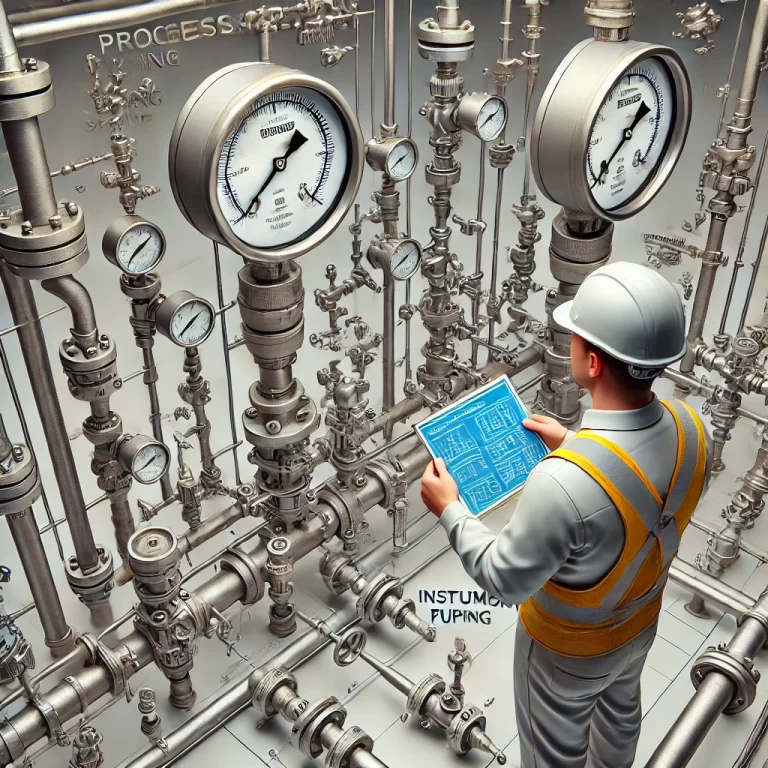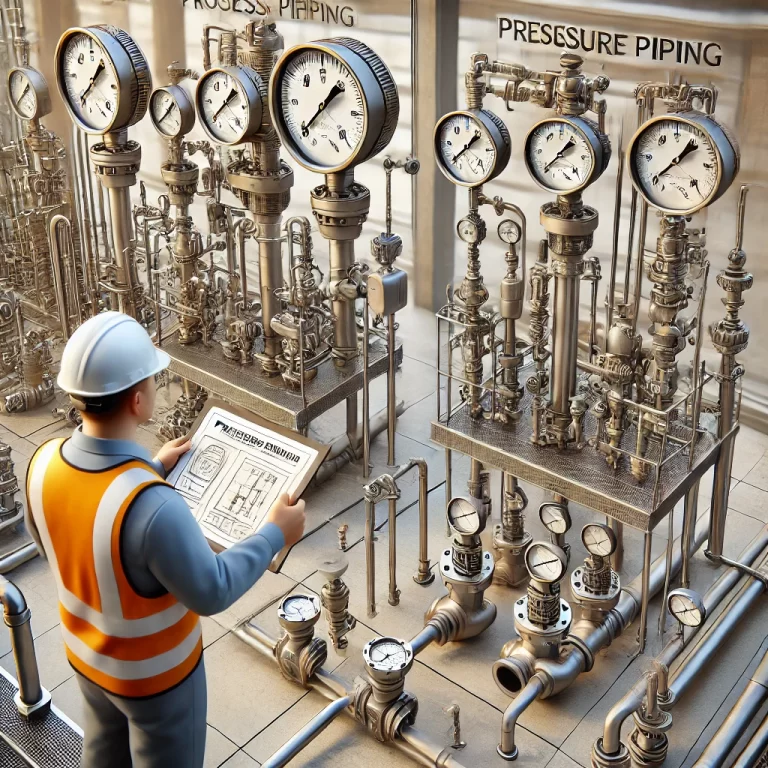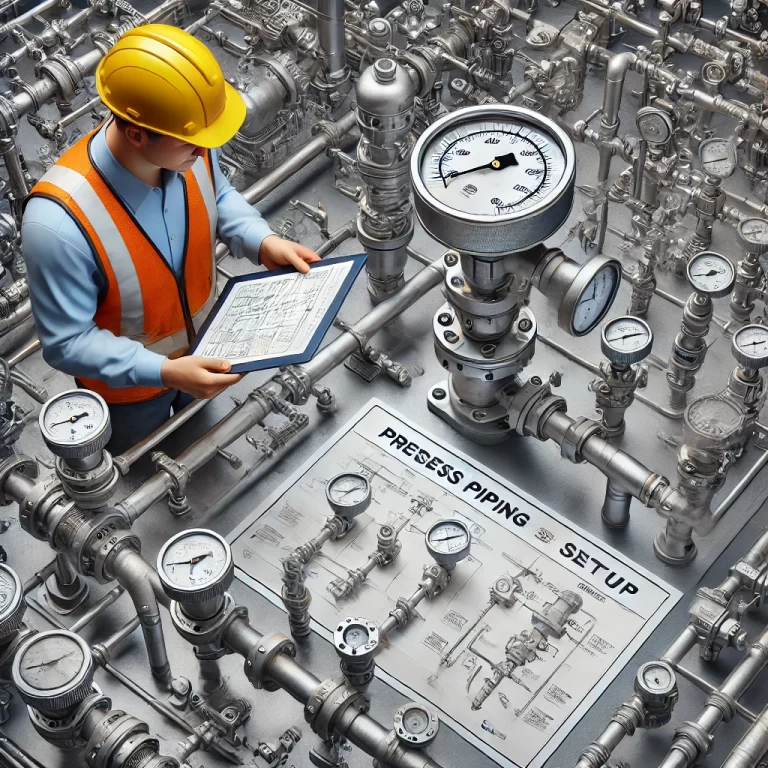Pressure transmitters are critical components in industrial measurement systems, and their stability over time directly impacts process control and data accuracy. Among the common performance concerns are two types of signal drift: initial drift and long-term drift. While both involve deviations in output signal, they occur under different conditions and have distinct causes and implications.

What Is Initial Drift?
Initial drift (also referred to as start-up drift or zero drift at start-up) refers to the temporary deviation in the output signal of a pressure transmitter during the early phase after installation or restart. This phenomenon is typically observed when the device is powered on for the first time or restarted after a period of shutdown.
Initial drift is usually influenced by:
Initial calibration settings
Ambient environmental conditions (e.g., temperature, humidity)
Mounting orientation and installation stress
Stabilization time of internal electronics and sensor components
The drift often decreases gradually as the internal circuitry and sensing elements reach thermal and mechanical equilibrium. In many cases, the signal stabilizes after a short warm-up period, and the transmitter begins to deliver consistent and reliable readings.

What Is Long-Term Drift?
Long-term drift (also known as sensor aging drift) refers to the gradual and continuous deviation of the output signal over an extended period of normal operation. Unlike initial drift, this type of drift does not resolve itself and can accumulate over months or even years of service.
Key factors contributing to long-term drift include:
Component aging, especially in analog or semiconductor elements
Changes in environmental conditions over time (e.g., temperature cycles, corrosion)
Mechanical wear or gradual deformation
Sensor contamination from process media or dust
Long-term drift reflects the transmitter’s long-term stability and reliability. It is particularly important in applications where the transmitter is expected to perform consistently for years without recalibration.

Comparison: Initial Drift vs. Long-Term Drift
| Aspect | Initial Drift | Long-Term Drift |
|---|---|---|
| Timeframe | Occurs at start-up or first use | Develops gradually during prolonged operation |
| Cause | Calibration error, installation stress, environment | Aging, environmental shifts, mechanical wear |
| Drift Behavior | Typically reduces and stabilizes over time | Gradually increases and accumulates over time |
| Corrective Action | Zero adjustment, short-term recalibration | Scheduled recalibration, component replacement |
Why Understanding Drift Matters
Understanding the distinction between initial and long-term drift is vital for:
Selecting the right transmitter based on application longevity and environmental exposure
Optimizing installation to minimize early-phase instability
Planning preventive maintenance, such as regular calibration intervals
Troubleshooting signal inconsistencies and identifying whether the issue is short-term or indicative of component degradation
Real-World Example
Imagine a new pressure transmitter installed in a chemical plant. Upon startup, the output signal is slightly offset due to initial drift caused by ambient temperature and mounting stress. After a few hours, the readings stabilize. However, after two years of continuous operation, the same transmitter shows a persistent offset from the expected range—this is long-term drift, likely due to sensor aging or contamination from the process media.

Conclusion
Both initial and long-term drift are natural behaviors of pressure transmitters, but they require different approaches in monitoring and maintenance. By understanding these differences, engineers and technicians can ensure higher accuracy, reliability, and efficiency in their instrumentation systems.
